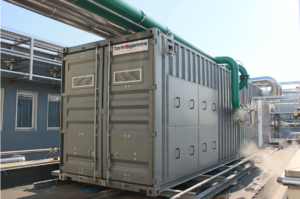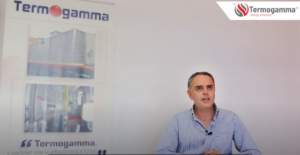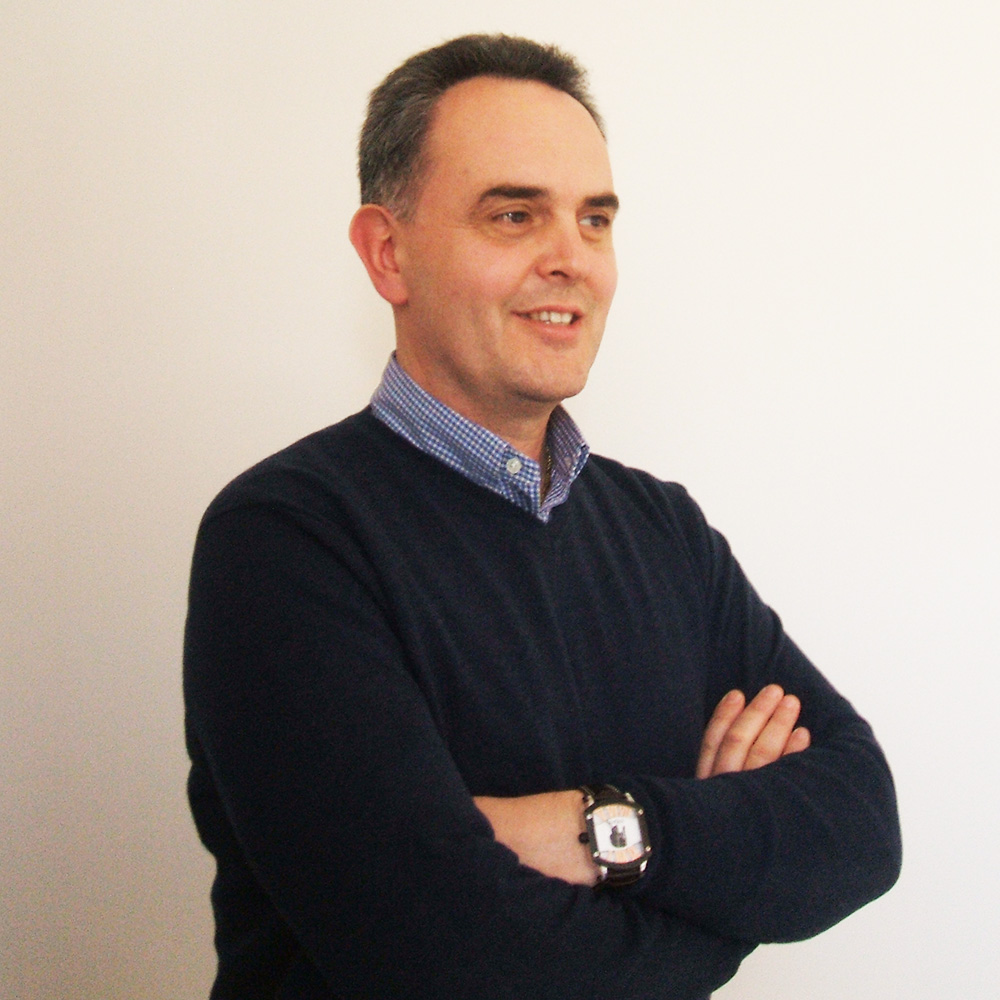When cogeneration or trigeneration plants generate profito
Introduction:
For the purchase of a cogeneration plant to be profitable over time, several factors must be taken into account, carefully studying each reality in which the cogeneration system must be implemented.
Let’s briefly list the most important prerequisites for obtaining real savings:
- Continuity of energy demand by consumers
- The physical proximity of users
- Presence of the necessary fuel transmission service
- Sufficient spark spread (> 50)
Consistent energy demand from users:
This is perhaps the decisive factor for the construction of a plant of this type, the more the structure is energy-intensive, the more the gain will be rapid and continuous.
The user must submit a simultaneous application of electricity and heat for a certain number of hours per year, if it falls below 4000 hours of operation per year the economic return is not obvious.
These calculations are taken into account in the initial phase of the technical-economic feasibility analysis, where an accurate analysis of consumption and electrical and thermal loads is carried out, considering both the maximum power required and the daily/monthly load curves.
The flexibility of the system:
It should be considered that such plants are not able to reduce their load excessively, and this can also adversely affect the overall efficiency of the system.
It must be understood that cogeneration plants have the task of covering the basic energy needs of the structure and not the peak load, so as to exploit them always 100%.
There are therefore different configurations that can be applied between the user and the national network depending on the needs that vary from case to case. Thus, doing when the energy needs of the structure cannot be covered by the cogenerator can intervene in its aid the traditional distribution service. The system is therefore profitable when a balance is reached between the user’s needs and the machine’s potential.
The physical proximity of the user:
Cogeneration plants are always installed near the structure that needs support to minimize transport losses and facilitate the use of heat recovered from operating processes.
It is therefore necessary that there is an effective physical availability for the location: usually you also can choose the types of solutions that best suit your space, both external and internal. The space for installation depends to a large extent on the size of the cogeneration or trigenerative system.
Presence of necessary fuel emission service:
It may happen that in some particularly isolated areas an intervention is necessary for the construction of pipelines that bring the necessary fuel to the user (usually natural gas), this possibility could affect up to 10% of the total cost of the plant, but still, a lot depends on the type of context.
Sufficient spark spread:
The spark spread represents the difference between the cost of electricity and the cost of fuel for its production.
This index indicates the potential economic results of cogeneration.
A good approximation, to start considering cogeneration economically feasible, is to set the minimum spark spread at 50.
So, which industrial sectors are worth investing in?
The users of the services sector who are most interested in cogeneration are those who have a high demand for heat and, at the same time, electricity. Hotels, hospitals and sports centres with swimming pools are the most suitable users.
From the economic analysis emerge really interesting economic returns for large health facilities (hospitals, clinics, nursing homes, etc. ) and sports facilities with swimming pools.
Other possible fields of application are: shopping malls, paper mills, food industries, oil refineries, chemical and pharmaceutical industries, ceramics, textiles and plastics industries.
In summary, any type of user that has a simultaneous energy requirement of electricity and heat (but also cold, using absorption systems combined with cogeneration)for an annual number of hours greater than 4000 h/year and a spark spread greater than 50, has certainly good potential to reap economic and environmental benefits from cogeneration.
PWhy Termogamma is available:
Because Termogamma is a true tailor of energy solutions, a company that puts forward people and the care of the empathic aspect of every relationship to the mere sale. In 35 years of development it has always highlighted and tried to develop to a greater extent the phases that distinguish it from other players in the industry, such as listening to the real needs of the customer, total flexibility on the solutions offered and maintenance service designed to generate long-lasting relationships based on trust.
Due to the company’s size Termogamma can truly follow the customer through his doubts, offering in conclusion a unique solution and designed specifically for its industrial reality.
Termogamma takes care of every aspect and stage of the journey that a customer takes after the desire to embrace a green policy. It therefore ranges from the genesis of the intentional idea of installing a cogeneration plant to the treatment of the latter until the death of the cogeneration solution.




